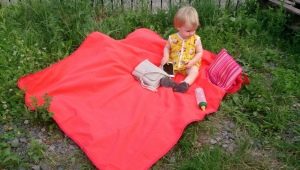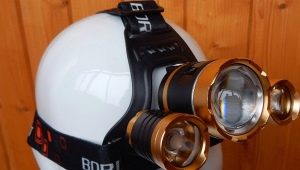Camping water filter: varieties and tips for choosing
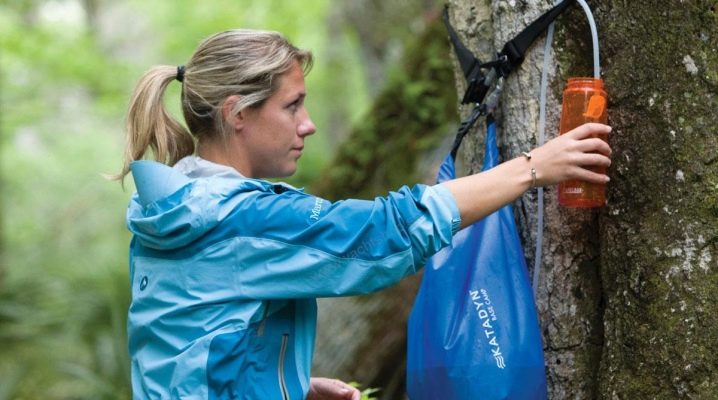
Despite the constant need of tourists and hikers for purified water, it is not necessary to carry 5- and 20-liter cans with you. Until you get to point B, curse everything and never go camping again. However, it is strictly forbidden to drink water from a lake or river.
The population of the planet has polluted it with chemicals so much that it is like death to use unpurified water - it is only suitable for washing, not drinking. In addition to chemicals, it is full of viruses and microbes.
To get around all these "charms", you need a travel filter. The industry specializing in wastewater and natural water treatment devices produces portable filters that fit in a backpack. The purpose of such a device is to ensure water purification to drinking standards, even being in the wilderness.
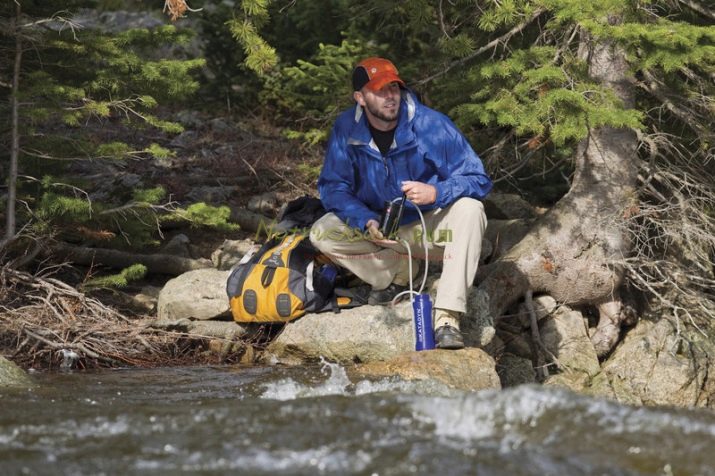
Advantages and disadvantages
The advantages of a travel filter are as follows:
- Compactness. Due to the small volume, the free space in the backpack is not significantly reduced.
- Extreme ease of execution. The possibility of poor quality water filtration is completely excluded.
The outdoor filter, despite the extreme simplicity of execution, will qualitatively remove salts of heavy metals, oil products, clay and pathogens of bacterial and viral infections from the water. As a result, water is not only suitable for drinking, but also does not pollute the body with anything extraneous. At the same time, sanitary standards for treated water are fully observed.
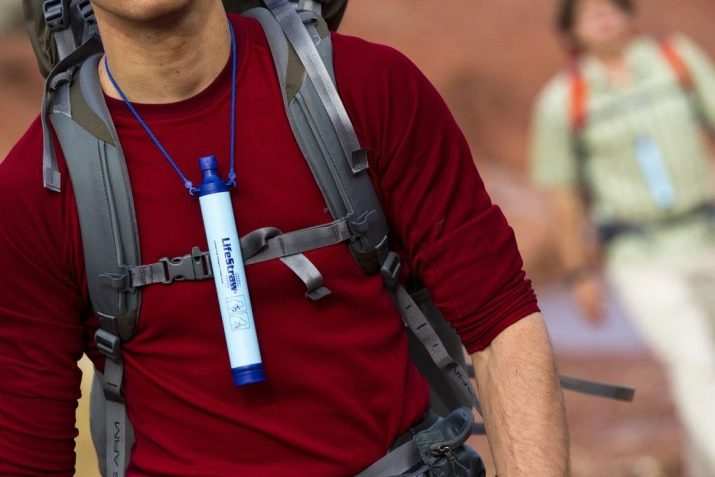
Minuses:
- The number of processing steps is limited to only three (and not 7, as in drinking water machines). For example, they do not have heating or cooling, carbonation (carbon dioxide), cleaning of microbes with silver-containing reagents.
- Low resource of most outdoor filters. Some manufacturers claim that the filter can clean up to 4 million liters, but household non-separable cassettes that use tar and coal for cleaning are clogged after a few hundred liters and thrown away. Don't expect miracles from them - clay and sand are removed by washing, while industrial chemicals require special treatment that is unattainable in hiking conditions.

Composition of cleaners
Any tourist model of the filter will cope with the task assigned to it. A new, just bought filter will provide a tourist with a 5-liter canister of water in 10 minutes. But the models of outdoor filters differ - it is important not to make a mistake with the convenience of execution and storage.
The composition of the cleaning and disinfecting layers of the filter is as follows:
- natural resin and plastic composite retain clay well: being suspended in water, it forms a turbidity of a characteristic “dirty” shade;
- glass and ceramic chips - trap pathogens and fungi, as well as sand and other insoluble minerals, such as large lime particles;
- activated carbon - retains salts of heavy metals and oil.
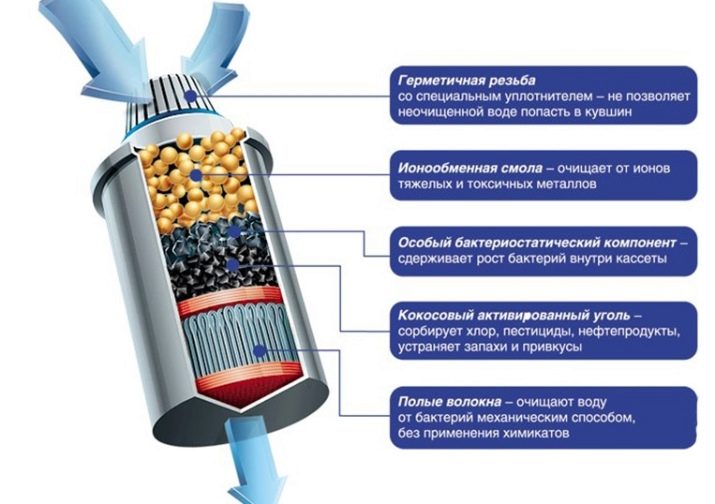
It is not recommended to filter water from a puddle through which a car has just passed - the filter will clog very quickly, stop passing water by 99%, having barely cleared a dozen liters of liquid.
Principle of operation
Filters of domestic and foreign manufacturers have their own characteristics. All filters are similar in terms of application in the field, and are also characterized by high quality purified water.
- Russian filters differ in ease of execution and availability of the ingredients used. The package includes a cleaning tube, a container with an iodine-based preparation and two auxiliary bags. The bags are mounted on the tube itself, at one end of which there is a sand trap mesh. Then they are filled with liquid, while the iodine preparation enters the treated water, reacting with impurities and chemicals contained in it. This system is used by only one tourist or hiker, and not several at the same time.
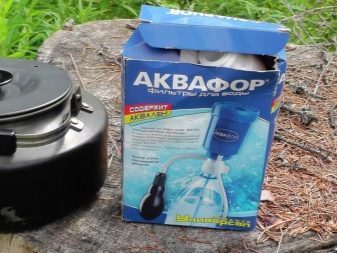
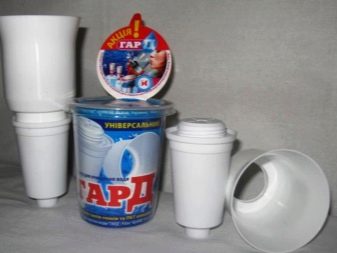
- IN THE USA produce water purification plants resembling a pot in which preparations with ceramic chips are placed. At the same time, water is purified from chemicals, microbes, sand and lime.
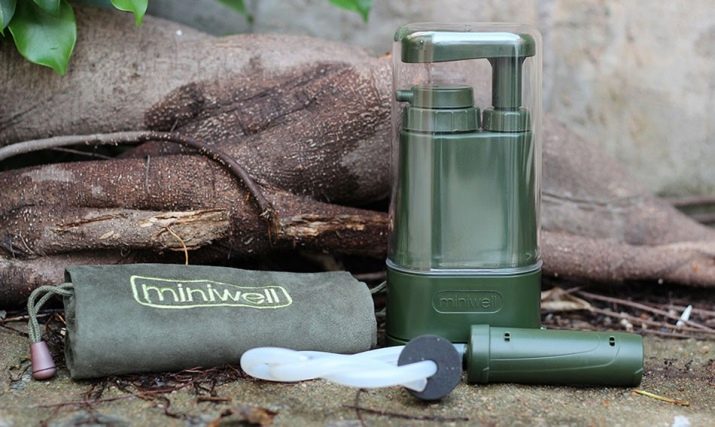
- Swiss installation - the simplest design, which is a tube and a container. Suitable for single, not group use. Water is cleared of foreign inclusions quickly enough.
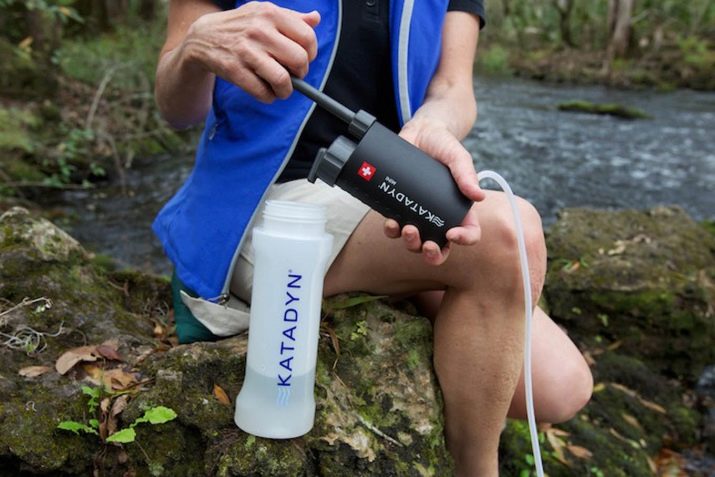
- Installations from other companies are a pump with two tubes. Cleaning is carried out in three stages, water is poured into one of the hoses, and from the other it flows already cleaned.

Best filters
There are dozens of filter models for field conditions. Selection rules are set by several options - on the example of the best names.
- Sawyer 3-Way Inline differs in simplicity of execution.The filter is connected to a container into which untreated water is poured. After a few seconds, purified water will flow from the drain pipe. According to the manufacturer, it is possible to purify up to 4 kilotons of water from microbes, viruses, sand, clay. There is a nozzle for connection to the crane.
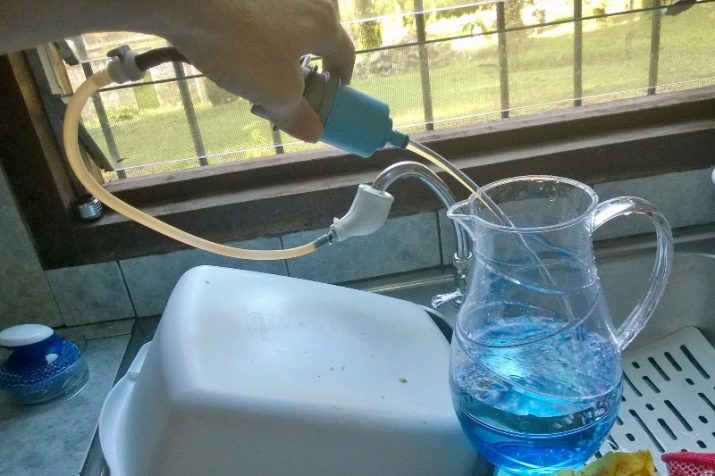
- Katadyn Pocket designed for 20 years of active use, suitable for home use. Low throughput - only a glass per minute. The ceramic filter layer is easy to clean. The design includes a sand trap, excluding traffic jams that prevent the purified water from going its own way. This model will rid the water of microbes, as well as salt crystals and grains of sand. Weighs up to 600 g.

- Installing Platypus Gravityworks filters up to 3.5 liters of liquid in 3 minutes. Supplied with a 4 liter canister and has hooks to hang the filter on a tree. Water, passing through it, flows into a separate container. There is a sand trap, and the design itself is suitable for backwashing, which significantly increases the service life of the installation.

- MSR MiniWorks EX Ceramic has a long service life of the product, is assembled and disassembled in a minute, allows you to filter up to 5 liters in 10 minutes, weighs only 400 g. The working material is a fraction of ceramics and activated carbon that trap pathogens. The device removes the rotten taste and smell of stagnant liquid, is easy to clean, suitable for extreme hiking and is designed for a group of two or three people.

- "Aquaphor Universal" Suitable for home and travel use. Copes with heavy metals, microbes, removes the smell of chlorine and bleach, softens water, passes up to 1.5 glasses every minute. The filter weighs 0.4 kg, is compact and fits easily in a backpack. Suitable for purifying tap water.Working sorbents - organic fiber, coal, polypropylene membrane.

In all filters, over time, the water flow decreases from jet to drip. This is a natural phenomenon, a reminder that sooner or later the filter will have to be changed.
How to use a travel filter correctly?
When purchasing devices from Aquaphor, we do the following:
- unpack and assemble the device;
- we collect water in a bottle (any PET bottle from soda or mineral water will do) and attach the filter using an adapter;
- we install a latch that holds a thin hose through which the purified liquid will drain;
- we make a slight effort on the pear, while holding the bottle - the liquid will flow through the filter;
- when the required amount of filtered water is collected, we close the pear valve.

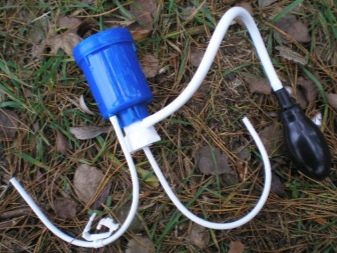

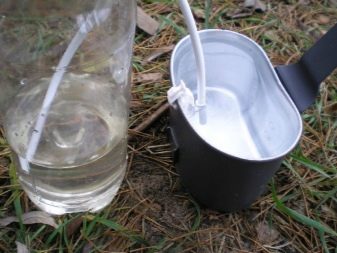
After filtering, the water must be boiled. You will need two bottles - for unrefined and clean liquid.
When buying a filter bag, in which liquid is passed through due to gravity, a suspension to a height of at least 70 cm is required. If the product is equipped with a pump, it must be lowered into a bucket or pot of water or directly into a river or lake. It will require forced pumping of the liquid using the pear included in the kit. In a minute, almost a liter of water is collected.
For information on which water filter to choose for a hike, see the following video.























